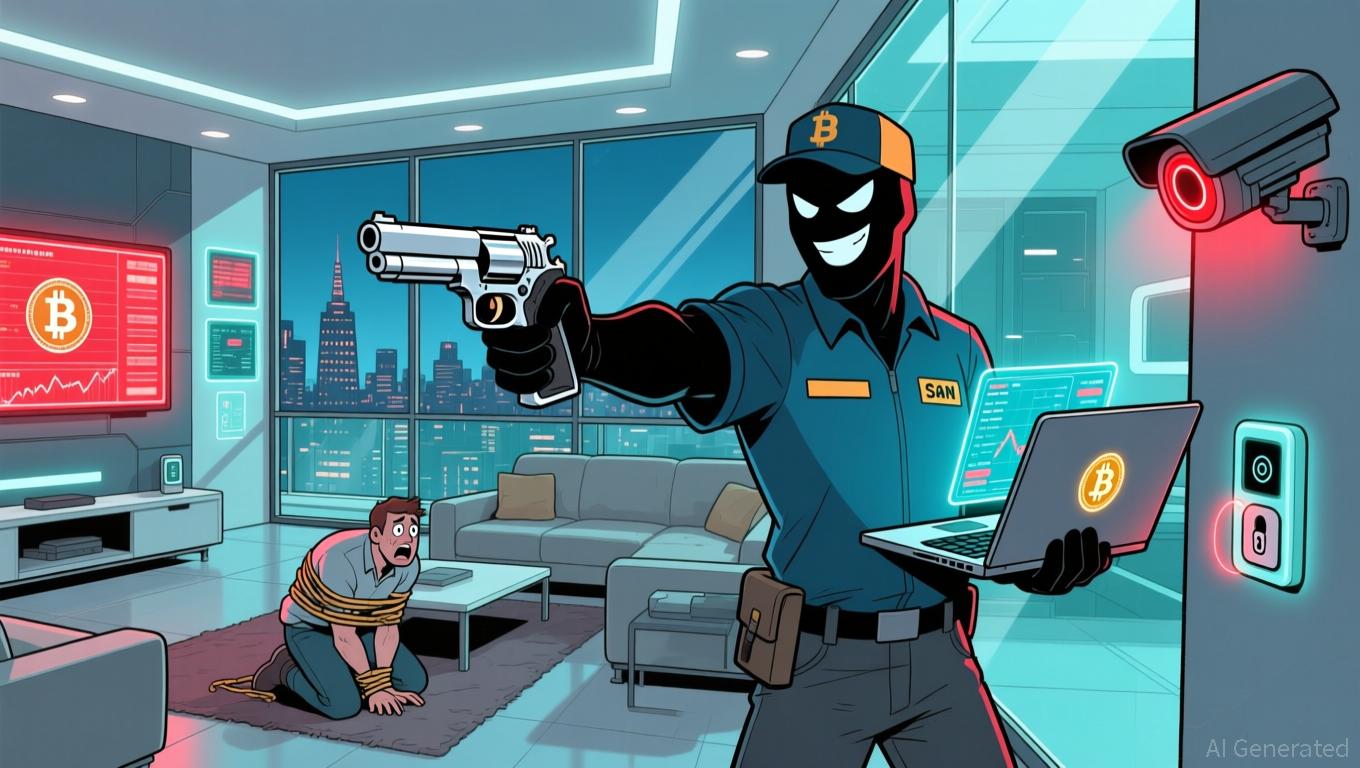Ripple’s XRP Decreases by 7%, Trades Around $2.25
- XRP declines 7%, trading at $2.25 as of November 4.
- Analysts examine potential bear market risk.
- Ripple’s executives remain silent on the price drop.
On November 4, 2025, Ripple’s XRP experienced a 7% decline, trading around $2.25, amid increased analyst scrutiny and Ripple’s Swell event.
The drop reflects broader market sentiment and historical trading patterns, leaving investors and analysts focusing on potential support or further downside for XRP.
Ripple’s XRP decreased by approximately 7% on November 4, trading around $2.25. This decline aligns with increased industry scrutiny and occurs during the Ripple Swell event, although no direct remarks from executives have emerged regarding the price change.
The XRP drop features leaders such as Brad Garlinghouse and David Schwartz, but no official statements from them address the situation. Analysts like Jason Pizzino suggest historical XRP trends hint at possible bear cycles, emphasizing caution among investors.
Analysts view the ongoing decline as part of a broader market trend. XRP trading between $2.20–$2.26 represents a 12-month low in realized profits. Failing support at $2.27 may lead to further corrective phases, potentially impacting investor sentiment.
Financial impacts include no notable spillover into other digital assets like BTC or ETH. On-chain data indicates rising new investor interest, suggesting recovery potential later in November, although careful market observation is advised.
While the XRP price drop has not triggered direct institutional actions, the situation demands cautious monitoring by stakeholders. Historic patterns underscore potential extended bear phases, with $1.79 as the last significant price floor seen in April 2025.
Expert analysis reflects on XRP’s historical volatility and potential bear cycles, with Jason Pizzino noting multi-year trends. Earlier, Pizzino remarked, “Every major trend in XRP history has resulted in a 12–13 month move, or a multiple of this time frame, like 2018–2020, which saw a 26-month bear market. History is rhyming again.” The ongoing Swell event isn’t seen as a catalyst in past years, but investor behavior and technical patterns warrant close attention.
Disclaimer: The content of this article solely reflects the author's opinion and does not represent the platform in any capacity. This article is not intended to serve as a reference for making investment decisions.
You may also like
Global Crypto Regulation Era Begins as UK Implements OECD Disclosure Standards
- UK adopts OECD's CARF framework for crypto regulation, avoiding tax hikes but enforcing stricter compliance by 2026. - HMRC updates guidelines requiring crypto providers to report user data globally, aligning with 70+ countries' 2027 data exchange plans. - Compliance demands automated data collection, KYC upgrades, and penalties for non-compliance under new transparency rules. - Framework excludes self-custody wallets but covers major transactions, reshaping crypto's integration into global financial sys

Cosmos Addresses ATOM’s Inflation and Price Fluctuations through Community-Led Tokenomics Reform
- Cosmos community proposes ATOM tokenomics overhaul to shift from artificial scarcity to usage-based fees and network activity-driven inflation. - Five-step governance process emphasizes transparency, stakeholder collaboration, and addressing 25% price drop, high inflation, and speculative volatility. - Framework separates core economics from add-ons, incentivizes long-term stakers, and aligns ATOM as reserve/settlement asset across Cosmos Stack. - Ecosystem partners like Akash and Pocket Network advance

"Virtual Gold, Real Firearms: The Emerging Security Threat in Cryptocurrency"
- A $11M crypto heist in SF targeted Lachy Groom, a former OpenAI CEO partner, via an armed "wrench attack" by a delivery-worker impersonator. - Global "wrench attacks" surged to over 60 in 2025, exploiting blockchain's anonymity and irreversibility to steal digital assets through physical coercion. - Experts warn of rising crypto security risks as attackers profile victims via social media, prompting calls for institutional-grade storage and multi-signature wallets. - The incident highlights vulnerabiliti

Strategic Development of Infrastructure within Webster Economic Corridor in Upstate New York
- Upstate NY's Webster Economic Corridor is transforming into a hub for advanced manufacturing and semiconductors via strategic infrastructure investments. - $9.8M FAST NY grants and $4.5M NY Forward funds modernize industrial sites and downtown areas, enhancing business readiness and community engagement. - A $650M fairlife® facility will create 250 jobs, demonstrating how public-private partnerships (PPPs) catalyze private investment through site readiness. - Federal infrastructure bank proposals aim to
